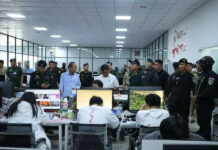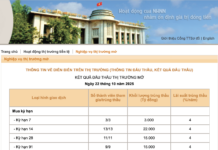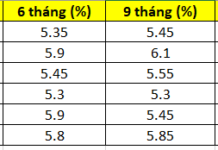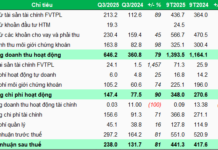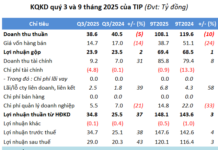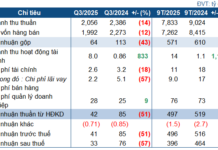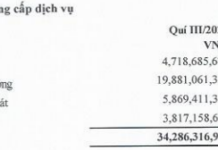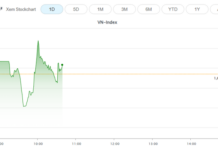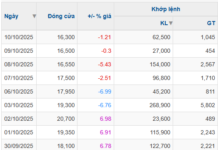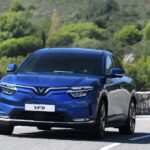
Illustration photo
According to Nikkei Asia, renewable energy is one of the fields in which China is outpacing the world. China’s control over the global renewable energy supply chain tightened last year, heightening trade tensions with the US and Europe.
Nikkei’s research shows that the top five suppliers from China across 71 key renewable energy products and services all increased their market share compared to 2022. Their share has now exceeded 30%.
All five of the world’s top solar panel manufacturers as of 2023 are from China, with their collective market share rising by 7.5% to 59.3%.
For wind turbines, Chinese companies occupy the top four spots, with their market share nearly doubling to 44.2%. Goldwind Science & Technology, previously ranked second in 2022, has overtaken European market leader Vestas Wind Systems.
The Chinese company’s market share rose to 13.9% from 13.1%, while the Danish competitor’s share fell to 10.5% from 14% due to rising interest rates and raw material prices in Europe.
Since 2018, Chinese companies’ market share among the top five suppliers of solar and wind energy equipment has nearly doubled as the country pushes for the development of clean energy technologies.
While solar energy has long been a focus, Chinese companies have also made inroads in the wind energy sector, partly due to efforts to develop larger turbines. The increased size means higher power generation capacity, requiring fewer turbines and reducing construction and maintenance costs.
Goldwind and Ming Yang Smart Energy Group have expanded their exports thanks to competitive pricing, outpacing their European counterparts who once had a head start.
Meanwhile, in the electric vehicle sector, BYD’s market share also increased by 3.1% to 14.7%, narrowing the gap with Tesla at 18.3%.
The electric vehicle supply chain has become heavily reliant on China. The top suppliers of insulators for lithium-ion batteries last year were all Chinese companies, with a combined market share of over 60%. CATL and BYD, the two largest automotive lithium-ion battery manufacturers, together account for more than half of the global supply.
According to the US-based Center for Strategic and International Studies, the Chinese government has provided $230.9 billion in subsidies to the country’s electric vehicle industry from 2009 to 2023. With these massive subsidies, Chinese companies have invested heavily in infrastructure and technology development, and have recently increased exports to emerging markets.
These trends have become a cause for concern in the US and Europe. Washington ended tariff exemptions for solar panels produced by Chinese companies in four Southeast Asian countries in June and is preparing to raise tariffs on panels made in China.
The European Commission has launched an investigation into whether the Chinese government’s support for wind turbine manufacturers is harming competition.
According to Nikkei
Car Rental – The Flexible “Ownership” Trend in the US and Europe
In recent years, leasing has become a popular trend in developed countries such as the US and Europe, especially when it comes to electric vehicles. With the convenience and benefits that electric vehicles offer, this trend is expected to quickly gain traction in Vietnam as well, providing significant financial advantages to those who embrace it.



